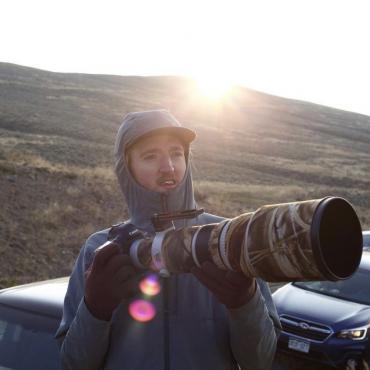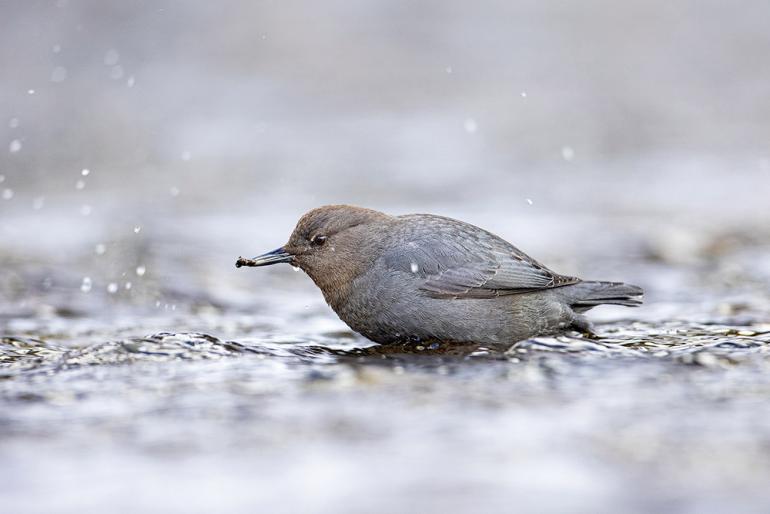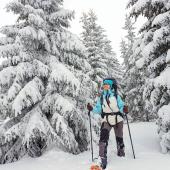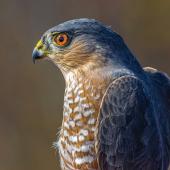The Darkest Stone
Keep your eyes peeled for the American dipper.
A partner to the icy banks, the American dipper thrives amidst winter’s harshest conditions, plunging in and out of rushing water, filling its bill with various invertebrates.
Recreating around Bozeman in winter, we often walk, snowshoe, or ski along some form of open water. A babbling creek, half-frozen but flowing enough to remind you of the familiar sounds of warmer months. Maybe it’s the Gallatin River on a fly-fishing excursion, or a hike up Hyalite Creek to climb ice. Wherever the stream, one thing is guaranteed: you share that space with the American dipper. What’s an American dipper, you might ask? It’s that plump, stone-looking bird diving in and out of the water no matter what a harsh Montana winter throws at it. Much dissimilar to the many migratory bird species found here, dippers brave the cold and stay in the area all year long.
A token of wild places, dippers depend on the cleanest and freshest water to live—fortunately, Montana holds plenty of it.
Those of us who pay attention to bird species throughout the region know that in winter, diversity is at its lowest. However, thanks to one remarkable individual, we can still find winged life at which to point binoculars and cameras. Oftentimes when the snow gets deep, I too find myself migrating to open water. Not for the resources I find, but for the bird that spends the cold months there.
Across the West, the American dipper lives exclusively near running water, where it forages for aquatic insects from macroinvertebrates to small fish like sculpin. It builds nests in overhanging cliffs, ledges, banks, and sometimes waterfalls along creeks and rivers. A token of wild places, dippers depend on the cleanest and freshest water to live—fortunately, Montana holds plenty of it. If the creeks and streams that the birds inhabit during the summer eventually freeze, dippers may expand their ranges to find open water.
The combination of a few different physical adaptations means dippers are well-equipped for the cold, the first being a thick coat of moisture-wicking feathers to keep water out, while ensuring the bird’s body stays well-insulated. Dippers also have an incredibly low metabolic rate compared to other birds, meaning the calories they consume are drawn out over longer periods of time. Additionally, these birds can carry extra oxygen in their blood.
The hours I spend belly-deep in snow filming and photographing the American dipper grow significantly each winter, because the colder it gets, the more opportunities there are to see something different. Perhaps it’s multiple individuals battling for the largest, most productive pool along a stream, or the constantly varying food items dippers pull out from under the water. Maybe it’s March when the males start singing on territories, or the frantic escape to avoid a northern pygmy-owl diving in from overhead.
Whatever it may be, I encourage you to do the same. Throw on some snowshoes and get walking. Find some open water and be patient. Eventually, one of those dark stones will start bobbing up and down, dipping and diving in and out of the water. Whatever that dipper does, be proud to share your space with it. Not many birds stick around for these long Montana winters, and none are as fun to watch as this one.














